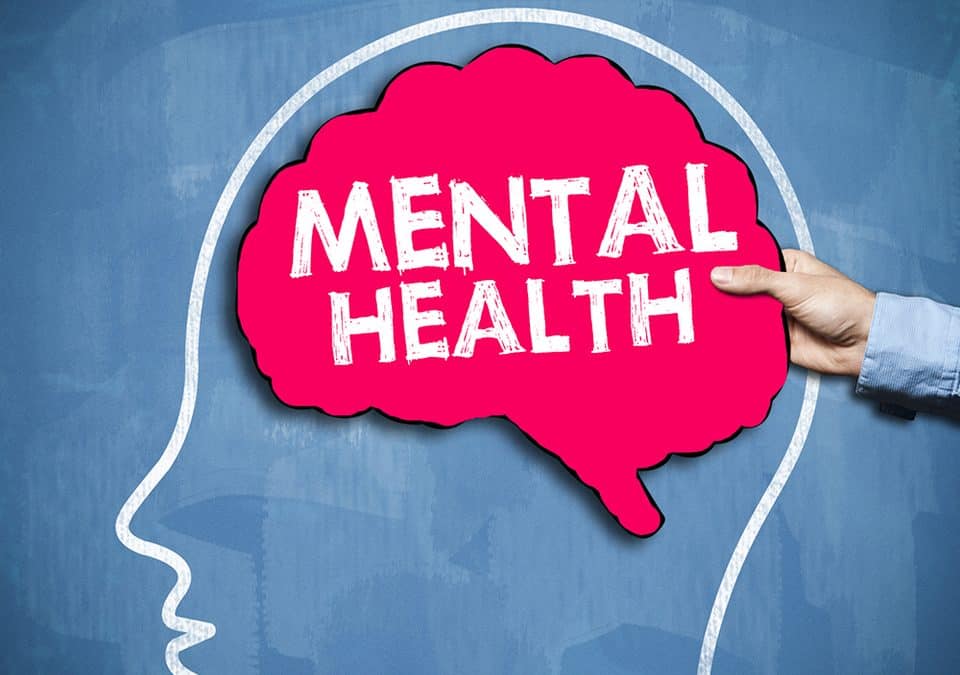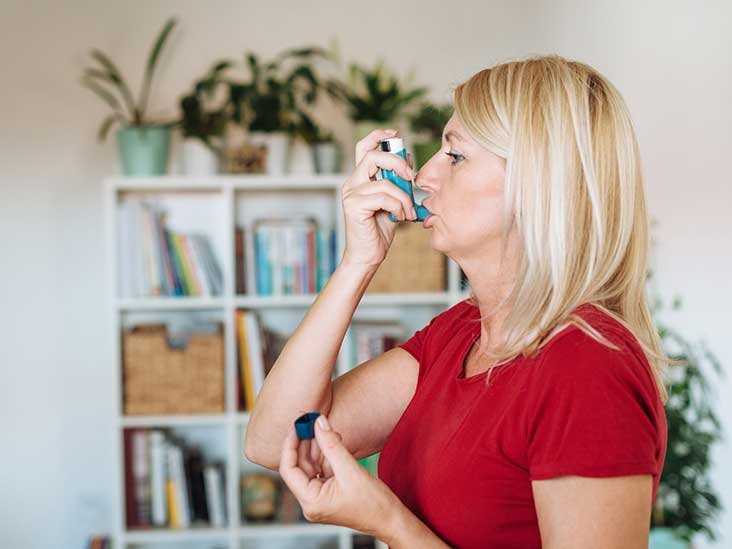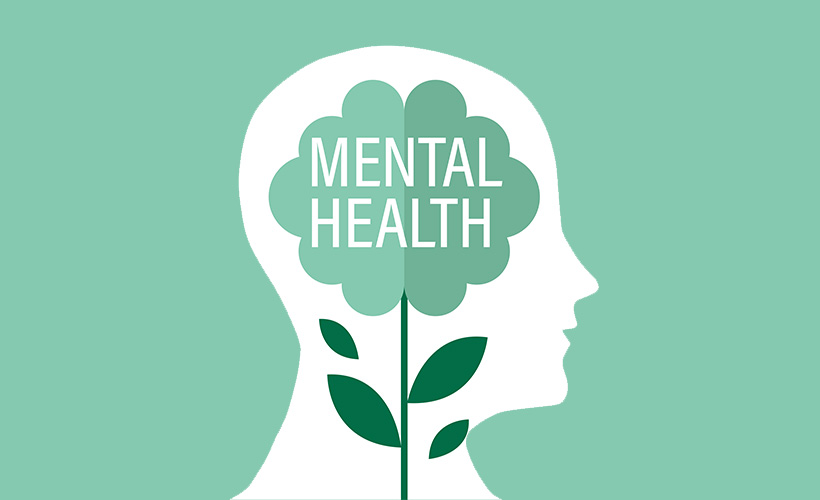Agency for Mental Health is a service provided by the National Institute of Mental Health (NIMH), which offers counseling services to individuals, families, and communities. The agency for mental health is a nonprofit organization that provides counseling, advocacy, and education to individuals, families, schools, and communities. The Agency for Mental Health is a charity that supports people with mental health problems and their families.
Are you interested in getting paid to help people? If so, then the agency for mental health may be the perfect career path for you.
Have you ever heard of the Agency for Mental Health (AMH)? They are a national, non-profit organization committed to improving Americans’ mental health and wellness by providing high-quality and affordable mental health services, research, and advocacy.
AMH has over 50 years of experience in mental health, helping individuals and families overcome the challenges of mental illness. Their mission is to improve the lives of all Americans affected by mental illness through access to effective and innovative treatments, education, and advocacy.
The number one cause of death in the United States is suicide. In 2016, the American Foundation for Suicide Prevention estimated that 40,000 Americans died by suicide. That’s more than twice the number of Americans who died from gun violence.
If you have a heart for helping people in need and want to earn an income doing so, the agency for mental health may be the perfect career path for you.

Definition of Mental Health
Are you struggling to find mental health professionals who can deliver quality services at a reasonable price? Are you sick and tired of being charged hundreds of dollars per session? If so, you need to find a new agency for mental health.
Have you ever wondered why so many agencies charge hundreds of dollars per session when they could charge much less? The truth is, there are many reasons.
We are all unique, but we are also all human. Mental health affects us all, whether we want it to or not. So what is the Agency for Mental Health?
The Agency for Mental Health is a free resource to help you find mental health services near you.
Our goal is to connect you to the resources you need, whether in a hospital, a clinic, or a community setting.
This means that we will help you connect to the right resources and people to ensure you get the care you need and the support you deserve.
Signs of mental health
The Agency for Mental Health (AMH) is a non-profit organization dedicated to the mental health of Australians. It was founded in 2001 to bring together people with mental health care experience and share information and resources.
There are a lot of different mental health agencies out there that you can join. But it is important to understand the differences between them to know which will work best for you.
This article will explain what these services are and how they differ. You’ll also see the pros and cons of each.
Many people need mental health services, but they don’t know where to go.
This can lead to a huge amount of frustration, especially when they feel they’they’reng trouble accessing the help they need.
The good news is that there is an alternative for those frustrated by the current system.
It’s the Agency for Mental Health, an indepeit’st charity working to provide better access to mental health services.

Mental health problems
In the 21st century, mental health has become a major concern. Many people struggle with depression, anxiety, stress, eating disorders, bipolar, and other mental illnesses.
This is where the Agency for Mental Health comes in. This organization was created to help people cope with these illnesses. They offer counseling, therapy, support groups, workshops, and many other programs to help those suffering from these illnesses.
Their mission is to improve people’s lives by providing them with the tools they need to cope with their mental health issues.
I hope you found this summary helpful. There are many different ways to make money online and many different paths to take.
I’m sure there are many online jobs that you haven’t even thought ohaven’tBut it’s important to remember that you don’t need a degree to don’t have money online.
All you need is a computer, an internet connection, and a little bit of creativity.
Mental health issues
It is an organization founded in 2003 by Dr. Charles Silber, a therapist an,d psychiatrist. He found it after his own experience with mental health and the struggles that he and others, other doctors, rs doc or doctors trying to find the right treatment and medication.
Dr. Silber noticed that there was no one to help other therapists and doctors, so he started this company that could help all of those people and has been helping them ever since. The services that they offer are therapy, education, and medication.
They help with their treatment plans and have some services for a long-term stay.
As you know, mental illness is a topic that affects millions of people across the world every single day.
Unfortunately, it doesn’t always get thedoesn’tition or respect that it deserves.
The truth is mental illness has become a growing problem around the globe.
And it’s no secret that we’re in a very stressful society. Stressful jobs, relationships, financial problems, and countless other things can all lead to mental health issues.

Frequently Asked Questions (FAQs)
Q: What is the agency for mental health?
A: We provide free counseling services to all of our models. We offer counseling one-on-one and group sessions. Some services we offer are anxiety and panic attacks, stress management, depression, and eating disorders. We also give you tools to help you cope with the pressure of being a model.
Q: How did you get into this line of work?
A: My parents encouraged me to go into modeling, as did my manager. He told me, “I think you have what”it takes to be a successful model.” Then, I took tha” leap of faith and moved to New York City.
Q: What Is the Agency for Mental Health?
A: The Agency for Mental Health is an organization that provides free mental health services to people in need. We are located in the heart of downtown Dallas. A mobile unit travels throughout the state, and there are also offices in McKinney and Fort Worth. The agency provides free counseling, medication management, group therapy, and in-home case management. Our goal is to provide all available resources, including behavioral health treatment, to individuals who may need help. We offer mental health treatment for those suffering from depression, anxiety, post-traumatic stress disorder, eating disorders, suicidal thoughts, substance abuse, or bipolar disorder.
Q: How can you help?
A: We would love for you to join us at one event or volunteer at another. You can visit our website at www.agencyforthementalhealth.org for more information.
Q: What are some common misconceptions about mental health?
A: A lot of people think it’s just about crying’s not. There is a wIt’s range of emotions, and most people don’t understand how to don’t with them. Mental health is very important to me because I have experienced depression, and I know what it’s like to be sad and feel well. I want people to know that depression is real, and you don’t need to feel ashdon’tto talk about it.
Q: What is your passion?
A: My passion is helping others. I want to help people who might be going through difficult times and aren’t sure where to garden tow to get better.
Myths About Mental Health
1. There Is a Link Between Depression and Anxiety.
2. There Is No Cure for Depression and Anxiety.
3. There Is No Scientific Evidence that Antidepressants Work.
Conclusion
The agency for mental health (AMH) is a national charity that helps people live well with mental illness, including assisting them to feel happier and improve their relationships and life chances.
There are many reasons why people experience mental illness. It can be caused by stress, abuse, a traumatic event, or even genetics.
While everyone is different, mental illnesses are often linked to problems with thinking, feeling, and behavior.
The mental health system has some major problems, and it’s becoming more and more apparentit’sthe day. One of those problems is that the system often treats mental health as a disease that needs to be treated instead of a lifestyle issue.
This leads to many people being misdiagnosed, mistreated, and even neglected. So, the Agency for Mental Health was created to help.
You may be wondering why there is a need for the Agency for Mental Health. Well, there is a need for a solution because the current system isn’t working. There is a solution, is there are barriers to access and a lack of knowledge about the services.
Read Full Article





























